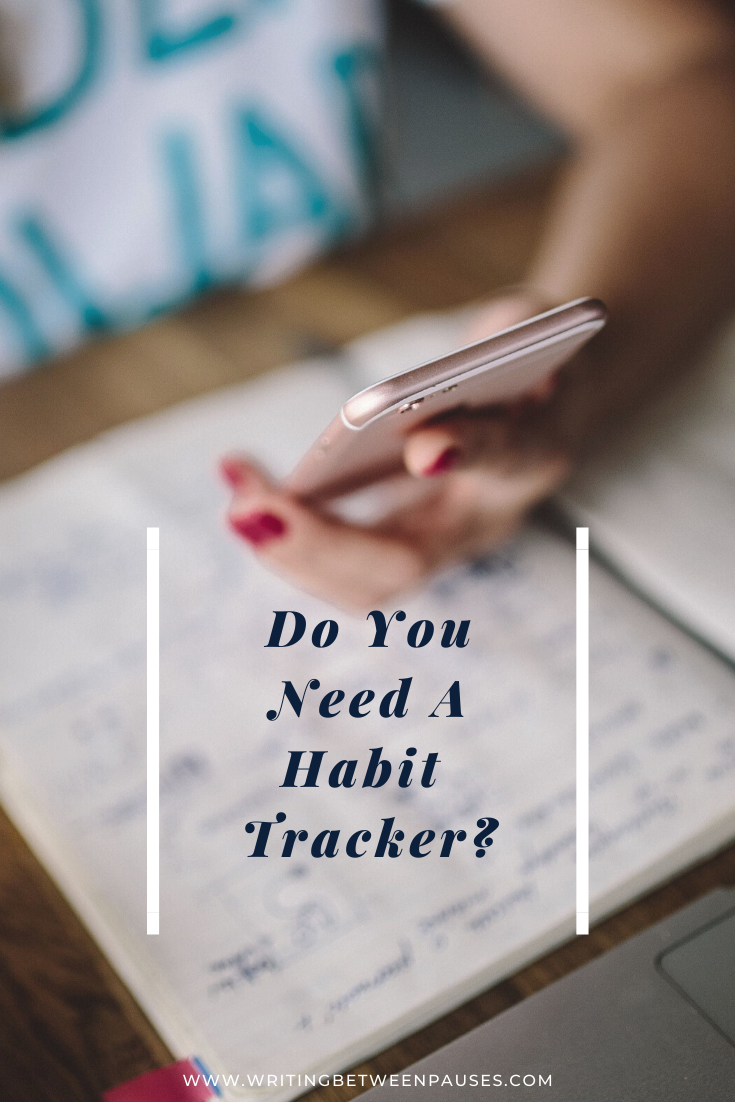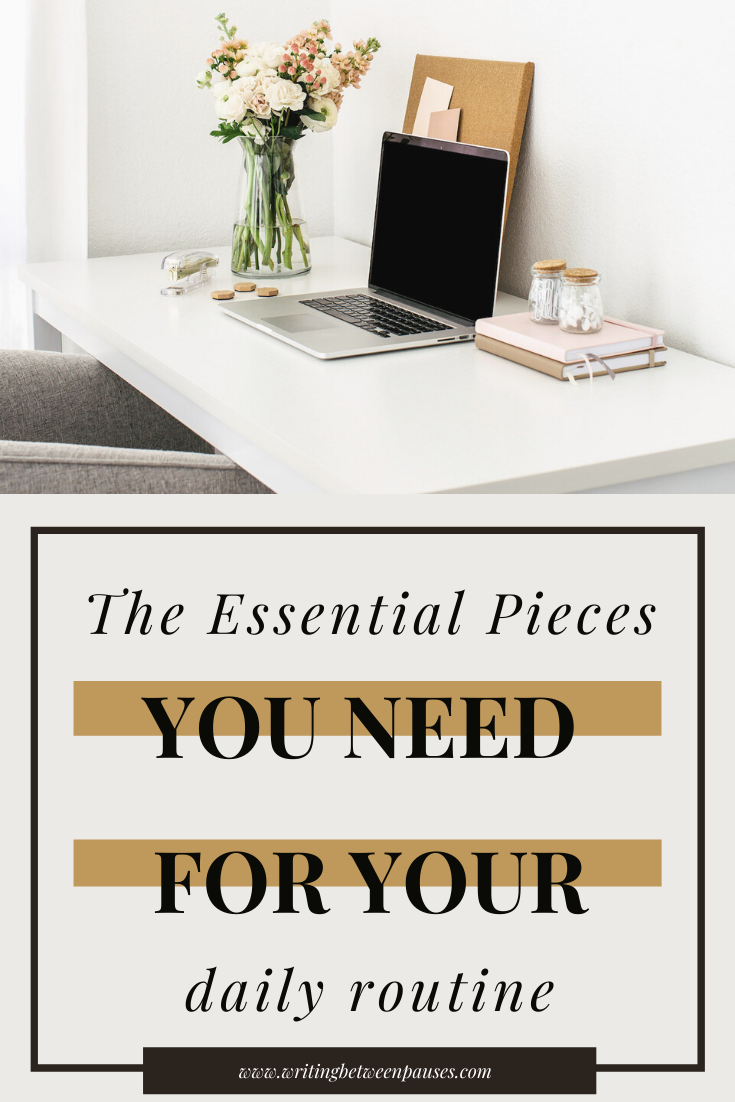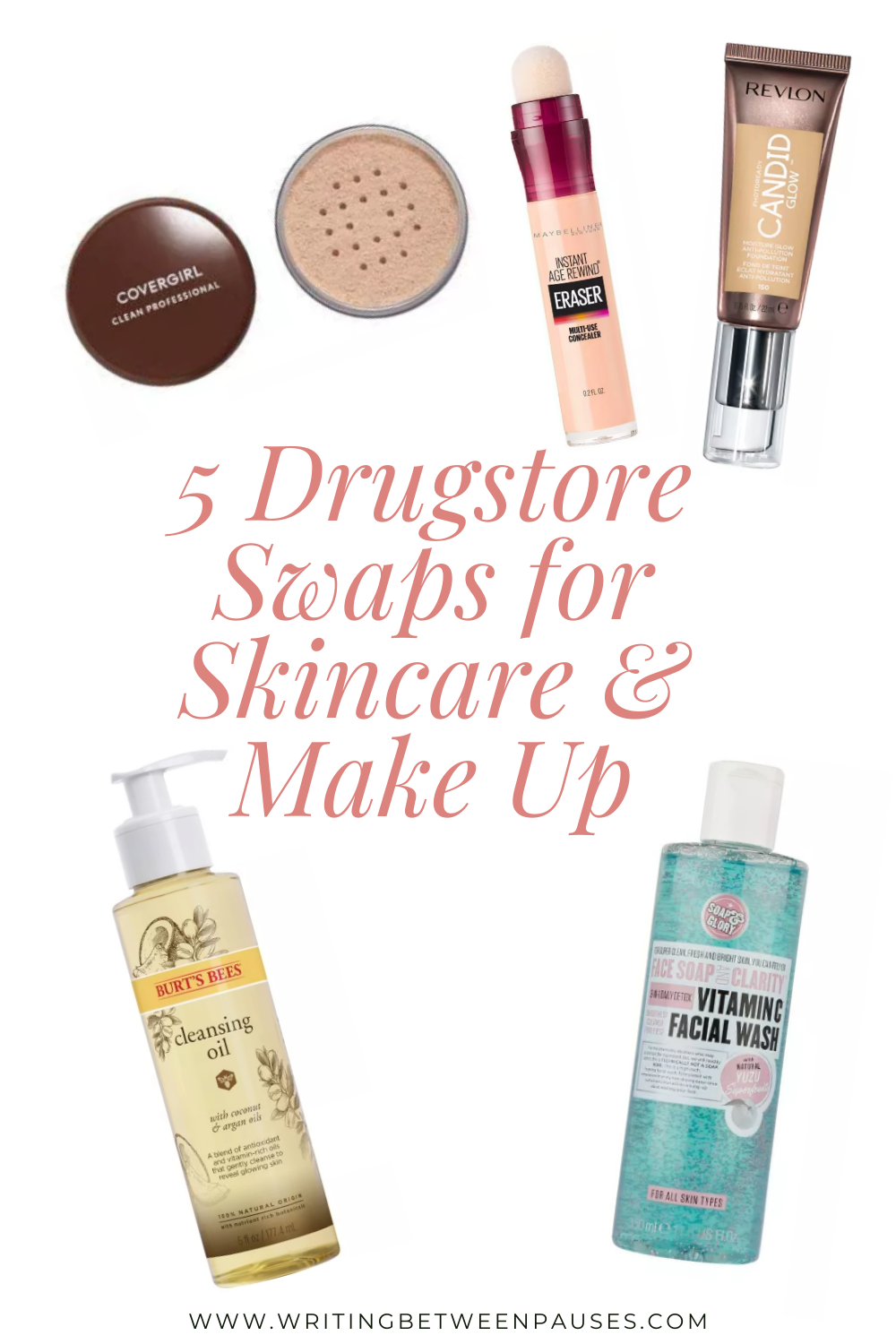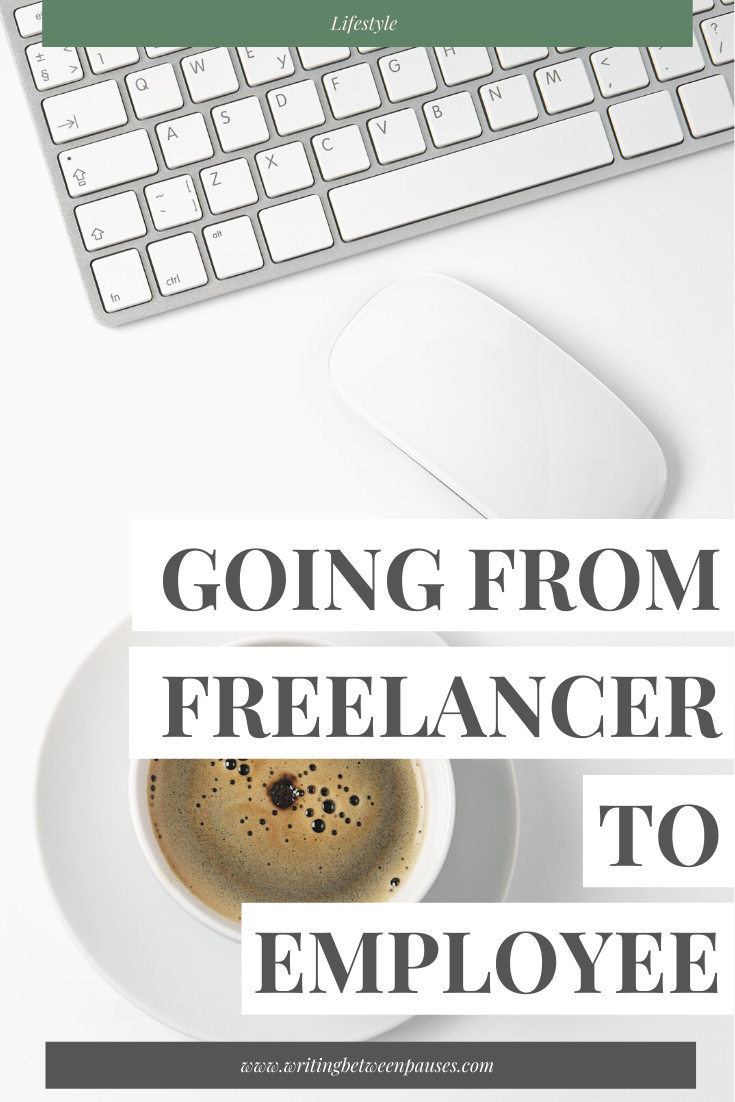Welcome to my new series all about routines. While developing my own routine over the last few weeks of stay-at-home orders and quarantine, I’ve found myself writing down notes about developing my routine, working from home, having kids, keeping self-care in my day, and staying sane! I wanted to share some of this information with you, to help you succeed and feel more rested, recharged, and productive. You’ll be able to check out all the posts from this series here.
So you want to start a daily routine, but you don’t know where to start? I’m glad you’re here, because this has been a topic I’ve been so excited to write about.
Having a daily routine can feel, depending on your point-of-view, super easy or super complicated. It just depends. I’m sure there are plenty of people (and maybe they’re like me!) who say, it’s not that hard, just do the same things every single day. Boom. Routine. But for many, it’s just not that easy.
If you’re someone who struggles to stay productive, or you get easily overwhelmed or distracted, creating a daily work routine that helps you get more done (without feeling like you’re being micromanaged) can be really challenging.
So, here are my 5 tips—which include step-by-step instructions for creating your daily routine.
1. Take time for what matters to you.
As I’ve written in previous blog posts in this series (you can read them all here!), no single routine will work for every person.
Step 1: Write down a list of 10 things you want to do everyday that will be impactful and meaningful to you. What do these 10 things mean? Are they part of a larger goal for you to meet? Here are a few examples of what I would write down:
Journal
Write my to do list
Exercise/hit 10,000 steps
Send LinkedIn messages
Drink water
Make bed
Step 2: Look at your list and order these things in a way that makes sense. Right when you wake up, what are 2 things you can do right away that will make a difference in your work day? How can you arrange this list in a way that makes sense for your day and that helps you feel motivated?
Step 3: Once you’ve ordered your list, think of realistic ways to incorporate these things into your routine everyday.
For me, that’s make my bed (which isn’t related to work, but does make me feel better) and then write my to do list. Typically, those are the first things I do everyday. I might be interrupted, but I also try to do those 2 things first—then, I jump into journaling and work tasks.
2. Set realistic expectations.
Are you going to wake up, make your bed, run 5 miles, make a gourmet breakfast, and still get to that 9am Zoom meeting on time? Let’s be honest: unless you decide to wake up at 4am, probably not. (Although, if that’s your thing, please go for it!) My point is that if you’re someone who has never done those things, they probably won’t start day one.
Make sure your list and routine is realistic. Here are a few examples based on my routine:
Unrealistic: wake up, shower, make bed, work out, make breakfast for Forrest & I, get Forrest to my mom’s, journal, work.
Realistic: wake up, make bed, work for an hour before Forrest wakes up, make breakfast for Forrest & I, take Forrest to my mom’s, journal.
The reality is if I have an extra hour in the morning, I’m not going to shower or work out. That’s just the truth. Those 2 things make me feel good, but in terms of how my life works, I prefer the extra hour.
As you work on your lists in tip #1, remember to keep your expectations realistic, what you can and cannot do, and what makes sense for your day.
3. Keep track of what does and does not work.
This is something I often repeat and I know for many people, they ask, what does that really mean? Let’s take a look.
Step 1: You’ve created your list from tip #1, you’ve ordered them, and you’ve started incorporating them into your day. Great! Now what? The first step here is to keep track of what feels right and good in your routine. That means, using a journal or scratch pad to keep track of your day in some way. This might just be jotting down notes, it might be checking off that list you wrote earlier… whatever works for you.
Step 2: Does something feel out of place? Is there something you meant to do but keep forgetting? Maybe it’s not as important as you originally thought it was or maybe it simply doesn’t make sense in your routine.
Step 3: Cut out the things that aren’t working. For me, this was removing pressure to work out in the morning or at a certain point each day; it just made me feel overwhelmed. Some days, I do aim for a work out, but day-to-day, it’s simply not a part of my routine. This also means keeping the things in your routine that aren’t working and becoming more aware of why they work and how they impact your day.
4. You’ll never be able to schedule your whole day.
This is more of a note, but: a routine isn’t a schedule. It isn’t strict. It’s just a series of things you do every day that make you feel good or improve your productivity (or ideally both). It’s easy for them to get conflated!
The truth is, it would be great if we could all schedule our day out to the 15-minute block. Trust me, I’ve tried that in time blocking—and even for someone like me, who thrives with routine, it simply doesn’t work for most people’s lives. Things come up. Feelings change. Needs change.
A routine is something that changes with you, that simply provides a blueprint for your day. How it actually adds up is entirely up to you. Some days, I don’t make my bed right when I wake up—but I get to it eventually because it’s a part of my routine that I find something. Some days, I don’t write in my journal because I don’t feel like, or I have more pressing work tasks to work on, or any number of things.
You can’t schedule out your whole day, especially if you’ve never been the type of person to stick to a strict schedule.
5. Protect yourself from burnout.
Step 1: Notice the signs of burnout. Here a few things to look for:
Fatigue or exhaustion that you never experienced before.
Feeling like you want to get things done, but you simply can’t find the energy to do so.
Physical symptoms you never had before that aren’t tied to any specific illness.
Feeling pessimistic and detached.
The symptoms of burnout can be very vague—but if you’re experiencing them, you probably recognize them. With shelter in place orders and quarantine, many of us are working longer hours from home; the lines between our home lives and our work lives have become incredibly blurred; and we all have more on our plate than before (work anxiety, anxiety about the economy and social tensions and more, plus childcare and homeschooling). Burnout is real.
Step 2: If you’re starting to feel totally overwhelmed, here are a few different things to do:
Scale back your routine. Strip it to the minimum. I’m very goal-oriented, but I’ll be the first to tell you: when I start to feel signs of burnout, I know I need to let go of the goals for a little bit.
Add more self-care and self-soothing to your daily routine. A long morning shower might cut into your work time, but will it help soothe you? Getting all your work done early so you can play Animal Crossing might feel flaky, but will you feel better?
Speak to someone. There are lots of at-home resources right now for counselors and therapists. TalkSpace, or just contacting a local therapist, will make it easy. My therapist has been offering teleconference options that are secure since March. If you don’t want to talk to a therapist, reach out to a friend or family member, make sure they have space to help you, and let it out.
There you have it! My 5 tips with step-by-step instructions. Are you working on your daily routine? Let me know how it’s going in the comments!



















